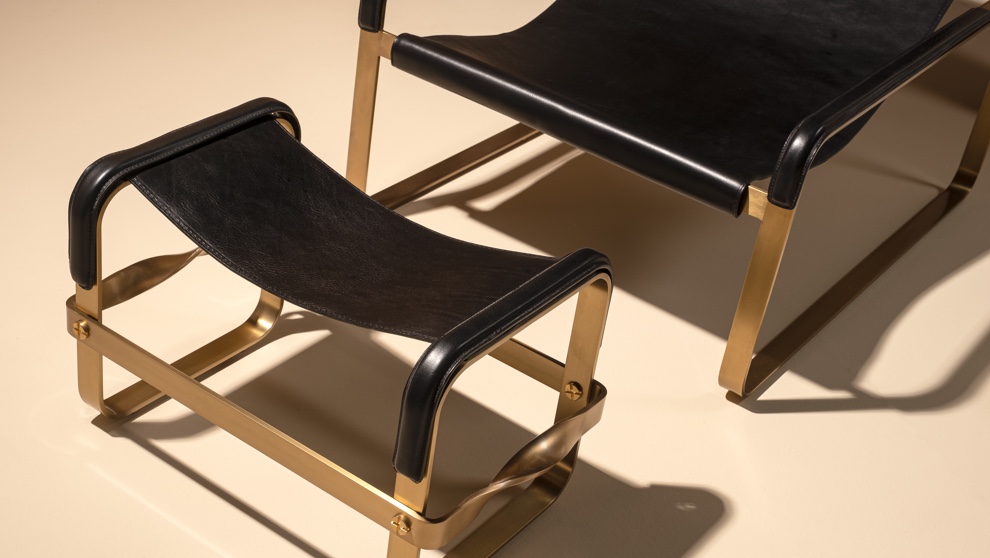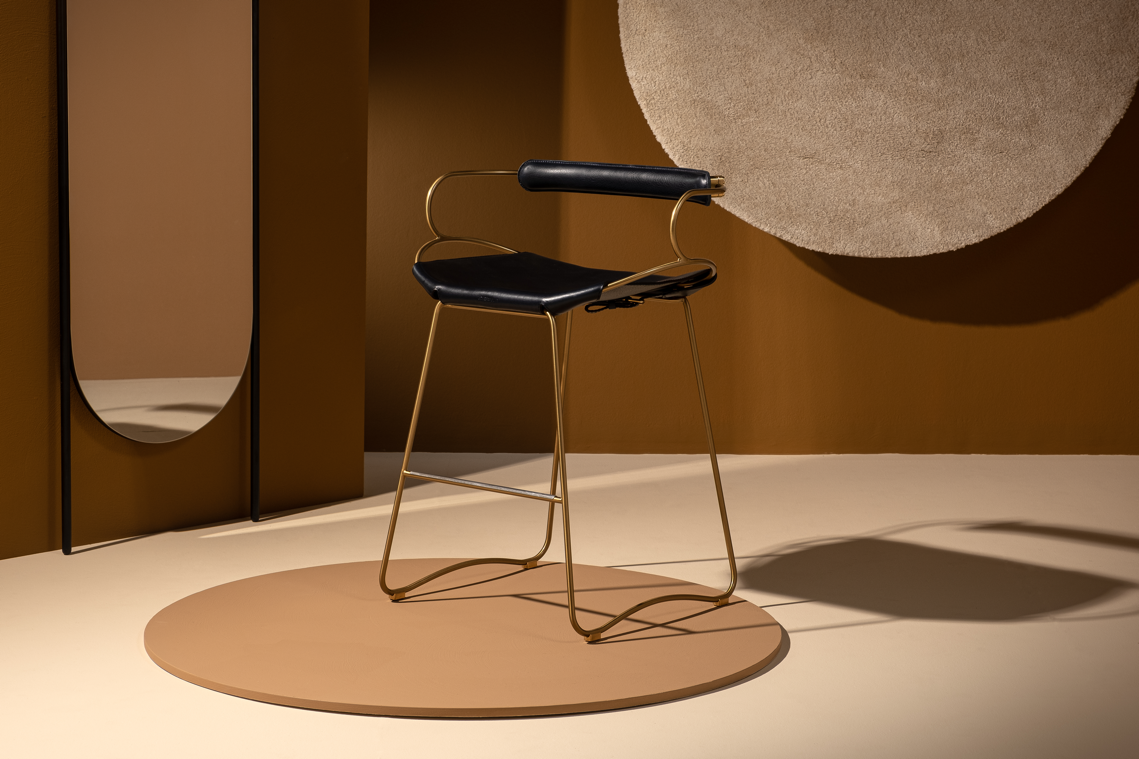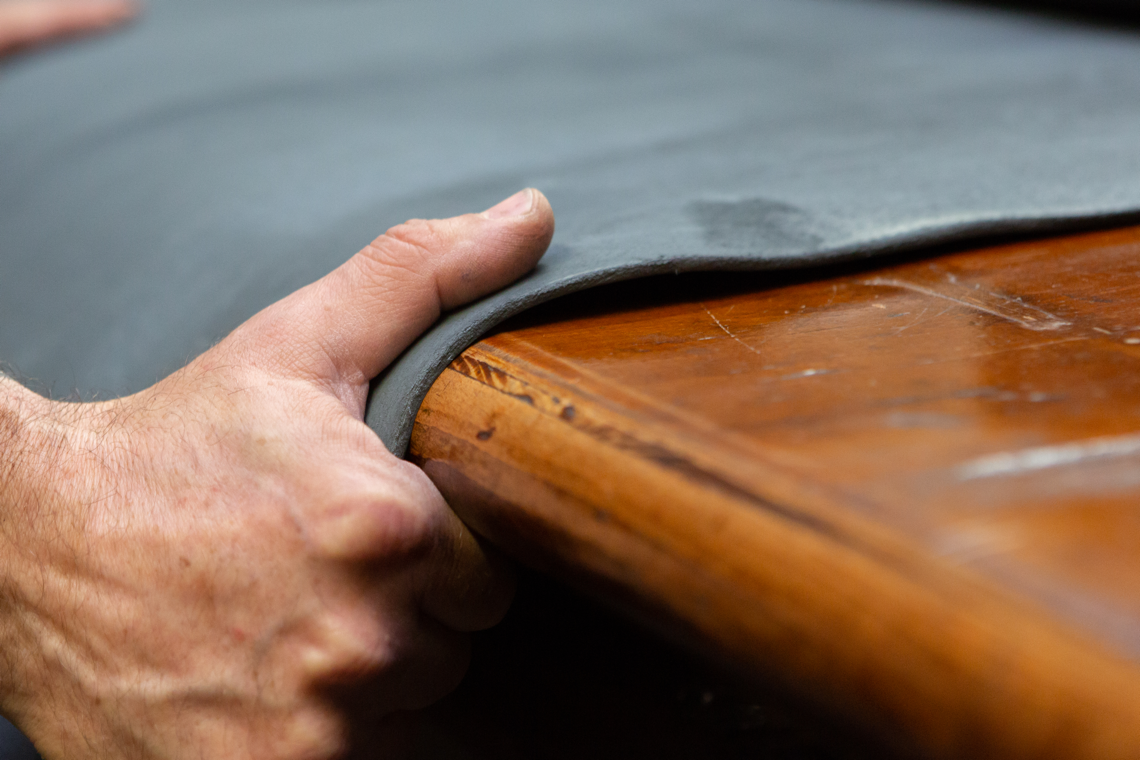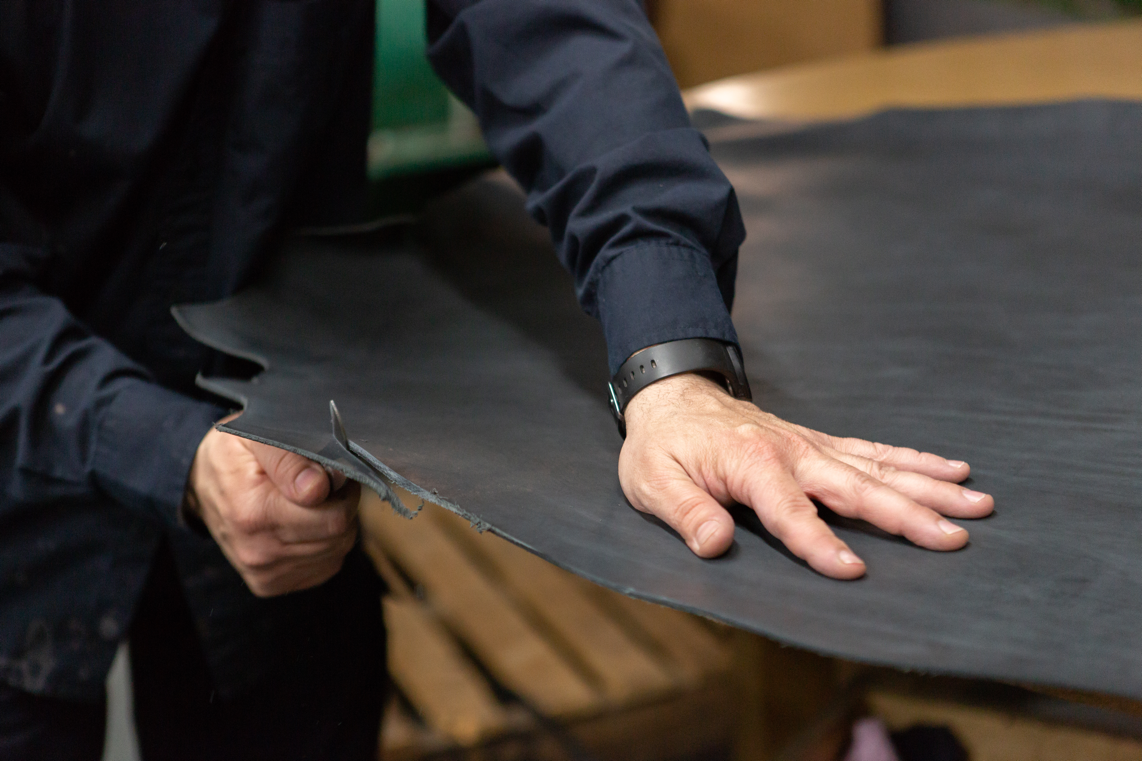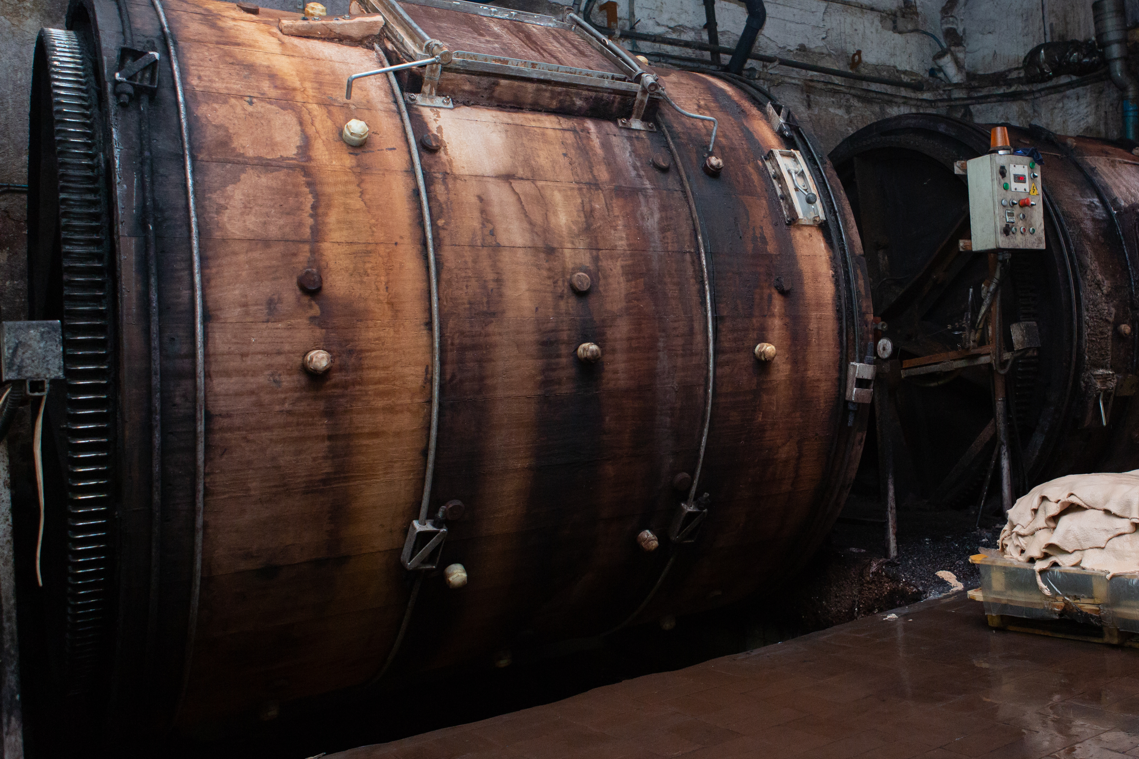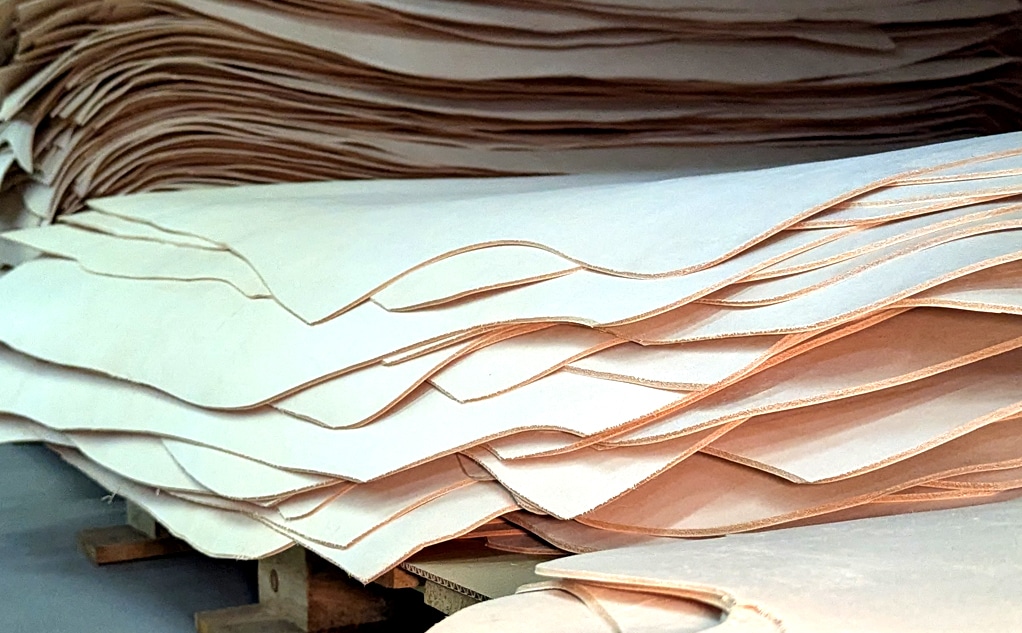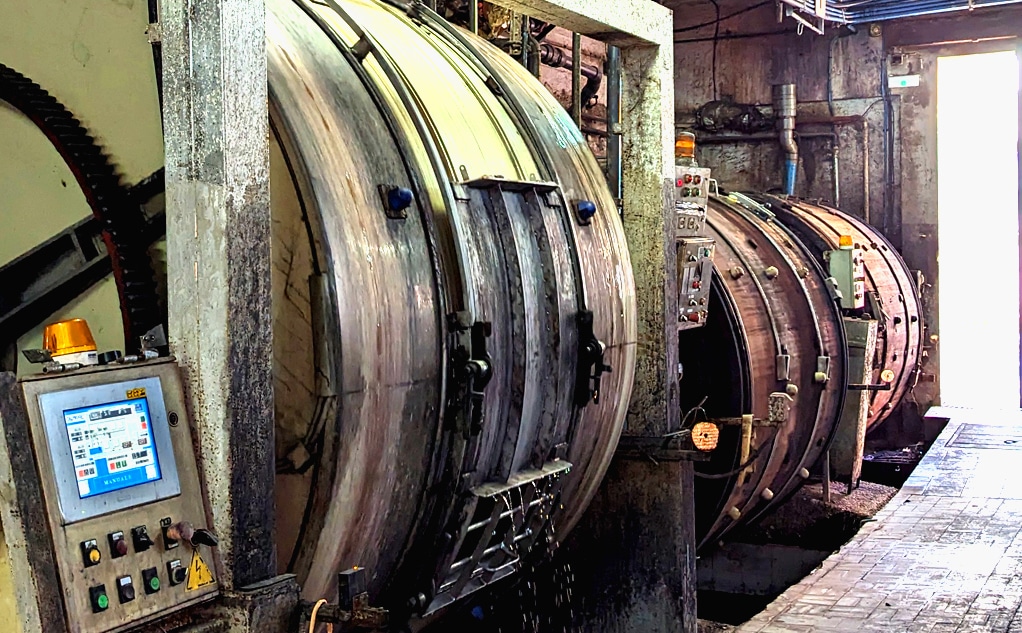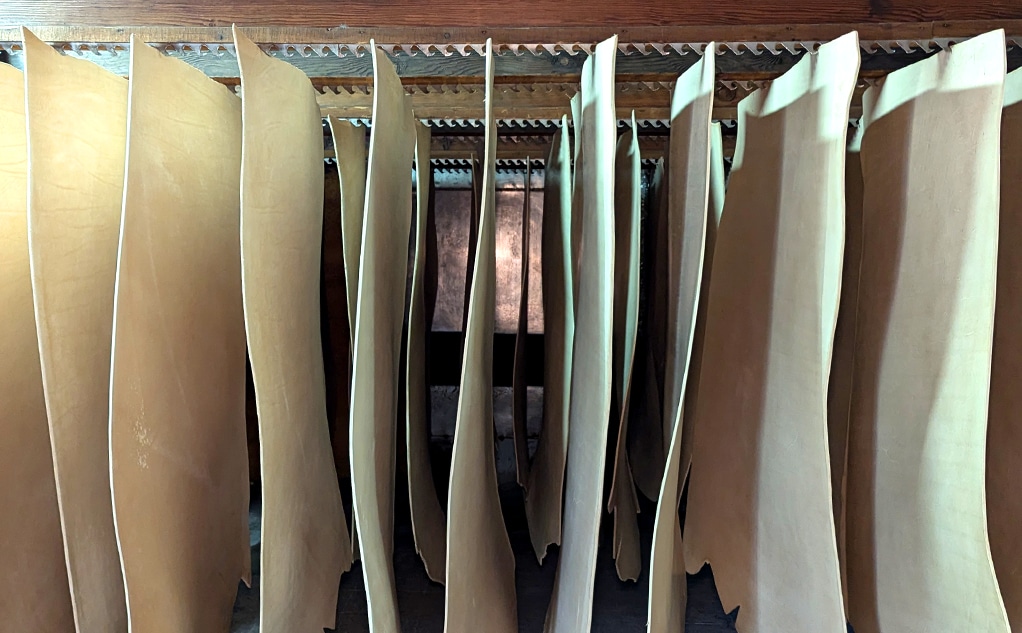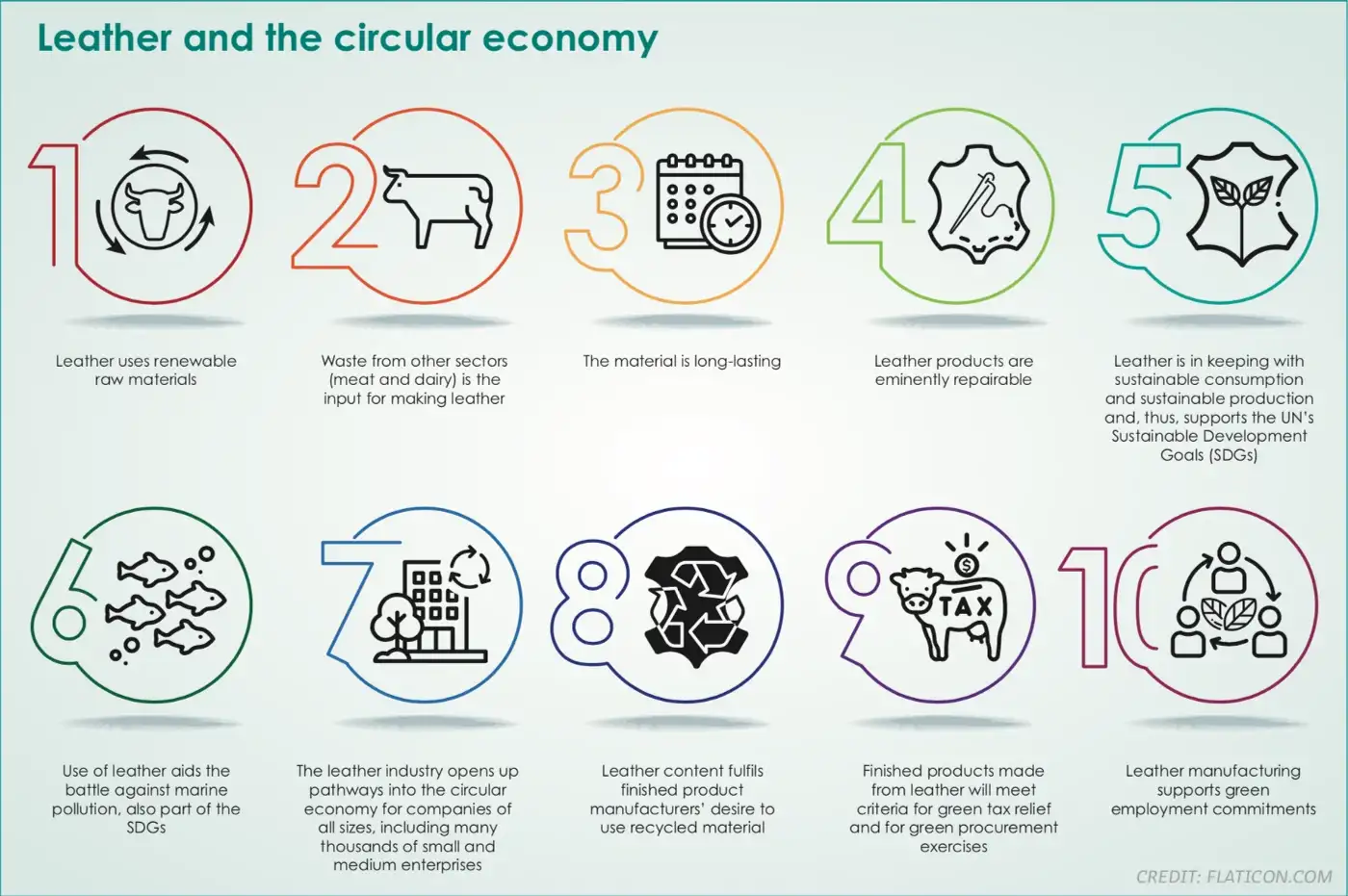
Ecology
An introduction to Leather and the Circular Economy
09 / 01 / 2023
Contenido publicado por: World Leather
In December 2019, the European Commission published a 24-page document to explain a set of policy initiatives it is calling The European Green Deal, which has the aim of “resetting” the organisation’s commitment to tackling climate and environment-related challenges. The document describes such an undertaking as “this generation’s defining task”.
It wants the European Union (EU) to continue to be a prosperous body and for its economy to grow, but it wants this growth to become “decoupled” from the use of new resources. Renewable resources and the reuse of resources already in circulation will be fine, as long as they can be produced or recovered in sustainable ways.
In fact, this is precisely what the future looks like: using what we can grow and recover to make the products we use to live, keeping things for a long time, repairing them when we need to, passing them on for someone else to use when we no longer can or want to and, eventually, taking the product back and recovering the materials it’s made from and giving these a second, third, fourth, fiftieth life. Materials must go round in circles; as little as possible must go to waste.
Global questions
These are global questions, of course, which the European Commission acknowledges. It says in the December document that the EU will “use its influence, expertise and financial resources” to convince companies and governments around the world to join it on a sustainable path. As “the world’s largest single market”, the EU believes it can set standards that will apply across global value chains. The Commission has said it will use its economic weight to shape international standards that are in line with its environmental and climate ambitions.
In the Green Deal, it presents an initial roadmap of the policies and measures that it wants business leaders, politicians and people in the EU and around the world to take to contribute to the objectives of achieving climate neutrality by 2050 and of helping the United Nations meet its Sustainable Development Goals by 2030. It proposes to set up a “carbon border” so that products entering the EU from external countries may incur a carbon tax if “differences in levels of ambition” persist in their countries of origin. Therefore, cutting corners in seemingly low-cost outsource manufacturing locations will prove to be a false economy and companies that continue to pursue this practice may find that they cannot sell their products in the EU because the penalties in place will make these imports less affordable than alternative products made in the correct way. The correct way is circular.

Action needed now
The European Commission believes a move to a circular economy is an essential part of its plan. It says it could take 25 years to transform supply chains from the linear model of make-sell-use-throw away and instead make them circular, with manufacturers taking by-products from each other to keep adding value and nothing going to waste. But it insists that action needs to take place now so that, by the target date of 2050, we can have sustainable ways of making and consuming things.
“From 1970 to 2017, the annual global extraction of materials tripled and it continues to grow,” the Green Deal document says. “About half of total greenhouse gas emissions and more than 90% of biodiversity loss and water stress come from resource extraction and processing of materials, fuels and food. The EU’s industry remains too linear and dependent on a throughput of new materials extracted, traded and processed into goods, and finally disposed of as waste or emissions. Only 12% of the materials it uses come from recycling.”
In the document, the European Commission says it wants to support and accelerate industry’s transition to the circular economy and the Green Deal contains a new circular economy action plan. Part of this will be to take action to stimulate markets, inside and outside the EU, for circular products, encouraging the companies that make these products to create new, green jobs. It will support the circular design of all products and will prioritise reducing and reusing materials ahead of recycling them.
This circular economy action plan will also include measures to encourage consumers to choose reusable, durable and repairable products, handing a competitive advantage to companies whose products or materials meet that description. It says new business models based on renting and sharing goods will play a role “as long as they are truly sustainable and affordable”. The Commission says it will tackle false green claims, vowing that companies engaging in green- washing will end up red-faced, named and shamed.
Public authorities, including the EU institutions, are to lead by example and ensure that their procurement is green. Legislation and guidance on green public purchasing will follow. Billions of euros are at stake here. Companies that verifiably meet the green criteria will be the ones winning the contracts.
Circular economy horizons
It has much to say about waste, making it clear that if waste cannot be avoided, “its economic value must be recovered and its impact on the environment and on climate change avoided or minimised”. Here, too, there will be new legislation, including targets and measures for tackling waste generation. In parallel, the Green Deal document makes clear, “companies should benefit from a robust and integrated single market for secondary raw materials and by-products”.
At the start of this new decade, in which progress is essential if the global economy is to hit its 2030 and 2050 targets, all of these ideas seem sound and well thought- through. It will be obvious to readers of World Leather magazine that, in leather, the European Commission already has in front of its nose a clear example of a production sector that can already meet all of its circular economy requirements. Leather and the circular economy are a perfect match. And yet, the December 2019 document explaining The European Green Deal makes no mention of leather. Zero.
We can say on the one hand that this is disappointing but it’s no surprise, in truth. The European Commission published an earlier document at the end of 2015 called EU action plan for the circular economy. This one made no direct reference to leather either. As in the 2019 document, though, there are lots of indirect references that show how well leather ties in with this concept. Both European Commission documents fail to make the connection between leather and the circular sourcing, circular production and circular consumption arguments they put forward as a model for the future. It’s obvious that the responsibility for establishing those connections lies with the leather industry.
New platform
For this reason, World Leather has decided to begin 2020 with a new Leather and the Circular Economy section. We will provide a platform for tanners, leather chemical companies and finished product manufacturers to share their opinions and experiences on this subject. For millennia, skilled people have been taking a by-product from meat and, rather than let it go to waste, have turned it into a material whose versatility, durability, naturalness, sensuality, renewability and beauty knows no parallel. To use leather in shoes, furniture, automotive, aviation and other forms of transport, interior design, handbags or apparel is to choose a raw material that might, otherwise, have gone to waste. It is a material that you can repair and recover for reuse at the end of a product’s useful life, preventing waste again and avoiding the need to extract new resources for the products we buy. It’s the circular economy material par excellence and it’s time more people realised that.
Our Leather and the Circular Economy section will include two types of articles: some covering the thought leadership on the circular economy that people across the leather industry are demonstrating, others covering case studies from companies that make or use leather to showcase their circular stories. The aim is to keep publicising examples of the leather industry’s circular economy credentials.
To make the connection clear, we have picked out ten aspects of the way the best in the business make and use leather and tied them in with the policy details that have come to light so far in the documents from the European Commission. If asked to show why leather is an ideal example of a circular economy product, anyone in the industry will be able to point to these ten reasons. We are pleased to share these ten criteria in the infographic above and we are delighted to offer our first circular economy thought leadership and circular story articles in the December 2019-January 2020 issue of World Leather.
You can read the original post HERE.
Continuar leyendo
Newsletter
Suscríbase a nuestra Newsletter y recibirá información sobre todo lo que nos inspira, las principales noticias, tendencias y mucho más.
